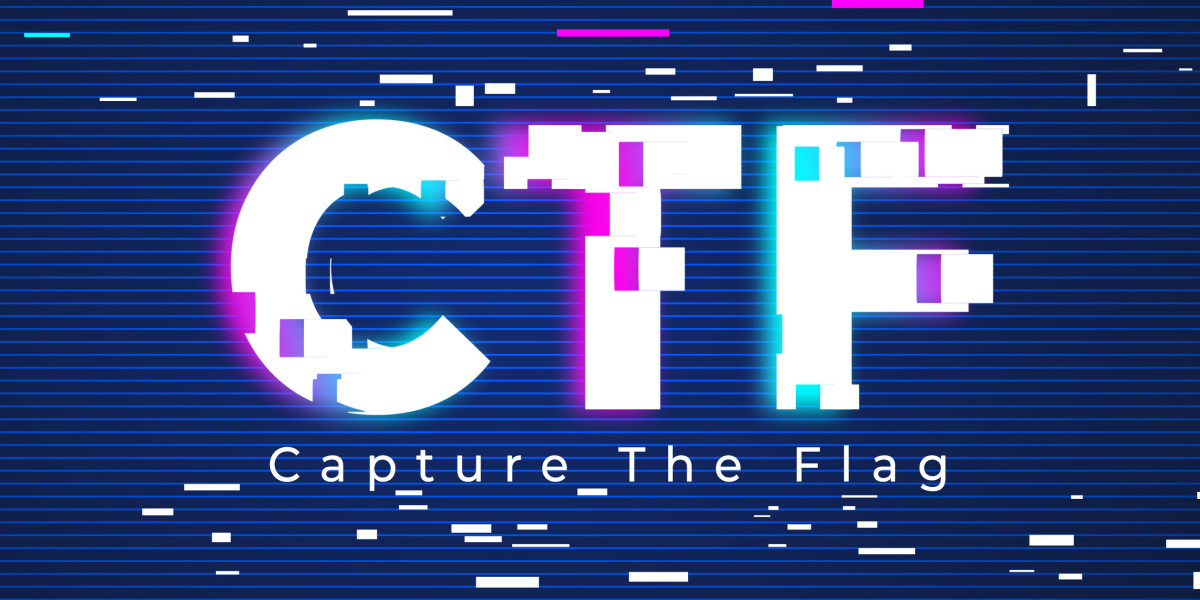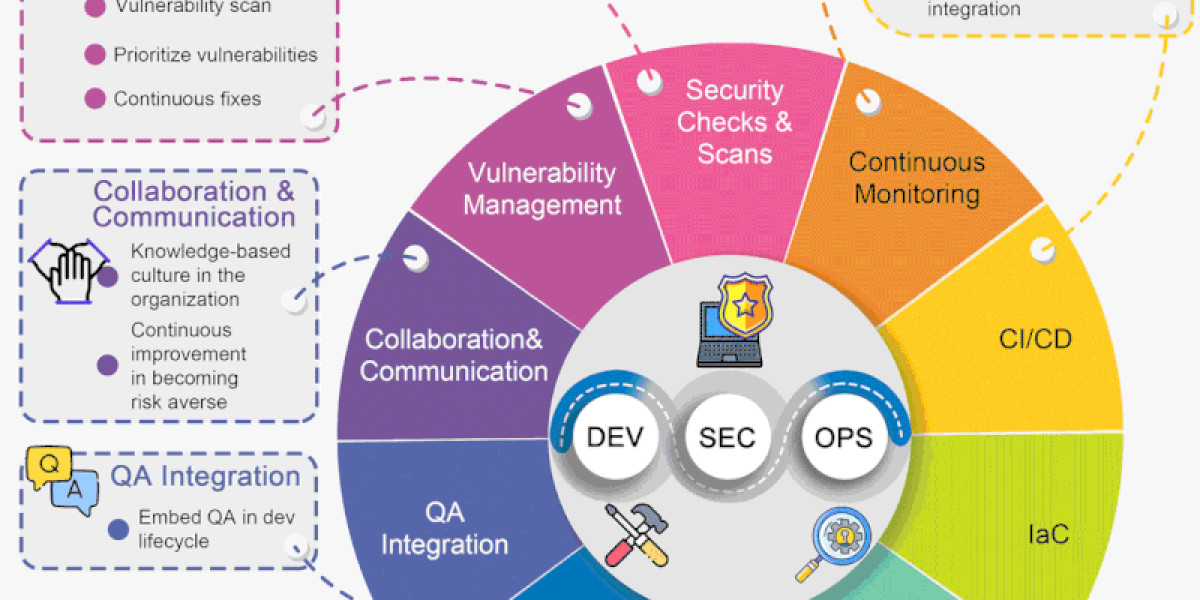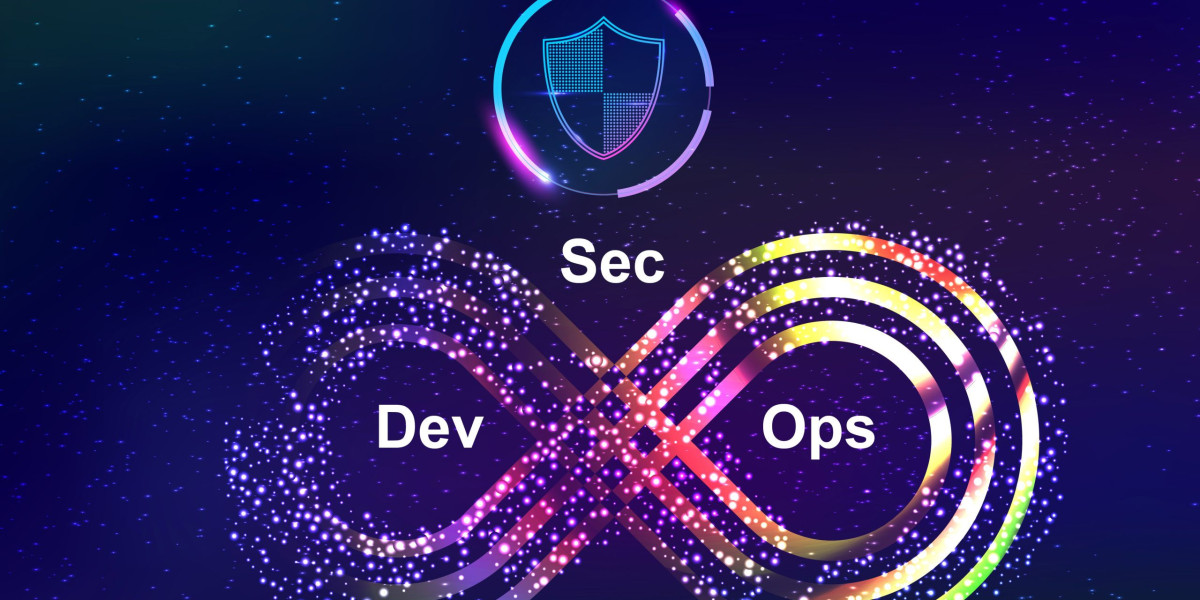What is CTF?
CTF stands for Capture the Flag, which is a popular cybersecurity competition that challenges participants to solve various security challenges and puzzles to find hidden flags. These flags may be in the form of a piece of text, an image, or even a file, and are hidden within various computer systems or applications that participants must penetrate.
CTF competitions are designed to test and develop the skills of cybersecurity professionals, including penetration testing, forensics, cryptography, and reverse engineering. These competitions simulate real-world scenarios and challenges, allowing participants to gain hands-on experience and practical knowledge in a safe and controlled environment.
Typically, CTF competitions are time-based and require participants to work individually or in teams to solve a series of challenges. The challenges can range in difficulty from basic to extremely complex, and may involve network security, web application security, mobile device security, or even social engineering.
CTF competitions have become an important part of cybersecurity training and education, as they provide a practical and engaging way for individuals to develop their skills and knowledge in the field. They are also used as a recruitment tool by companies looking to hire skilled cybersecurity professionals.
where did it begin?
Capture The Flag (CTF) is believed to have originated in the early 1990s, within the computer security community. It was initially used as a training exercise for computer security experts, with the goal of testing and improving their skills in real-world scenarios.
CTF events have since evolved and are now widely used for a variety of purposes, including:
- Training and skill development for security professionals and students
- Testing and improving the security of software and systems
- Recruiting and identifying talented individuals in the cybersecurity field
- Building camaraderie and collaboration within the cybersecurity community
Today, CTF events are held all over the world, ranging from small local competitions to large international events. They typically involve teams of participants who compete to solve a series of challenges and puzzles, often related to real-world security scenarios.
As the field of cybersecurity continues to evolve and grow, the importance of CTF events and their role in advancing the industry is only expected to increase.
Types of CTF:
Capture the Flag (CTF) competitions are a popular way to improve cybersecurity skills and learn about new technologies and vulnerabilities. There are several types of CTF competitions that cater to different skill levels and interests.
- Jeopardy-style CTF: This type of CTF consists of a series of challenges, each with a different point value. Participants must solve the challenges and submit flags (secret codes or answers) to score points. The challenges can cover a range of topics, such as web exploitation, reverse engineering, cryptography, and forensics.
- Attack/Defense CTF: In this type of CTF, teams are assigned a network or system to defend, while also trying to attack other teams' networks or systems. Points are scored for successfully attacking other teams and defending one's own system.
- King of the Hill CTF: This is a type of CTF where teams compete to maintain control over a central server. The team that maintains control for the longest time wins the competition.
- Red vs. Blue CTF: This type of CTF simulates a real-world cyber attack scenario, where one team (red team) attacks a network or system, and the other team (blue team) defends it. Points are scored for successfully attacking or defending the system.
- Adversarial CTF: This is a type of CTF where participants compete against an automated system that generates challenges in real-time. The system adapts to the participant's performance and adjusts the difficulty level of the challenges accordingly.
What is interesting about CTF:
CTF (Capture the Flag) is an interesting and engaging activity for individuals and teams alike, for several reasons:
- Enhances Technical Skills: CTFs require participants to have a strong technical skill set in areas such as programming, cryptography, network analysis, and reverse engineering. Participating in CTF challenges helps to sharpen these skills, and can also encourage participants to learn new techniques and tools.
- Provides Real-World Scenarios: Many CTF challenges are designed to simulate real-world security scenarios, such as discovering and exploiting vulnerabilities in software or infrastructure. This makes CTFs a great opportunity to apply learned skills in a practical and relevant manner.
- Encourages Creative Problem Solving: In many cases, CTF challenges require participants to think outside of the box and come up with creative solutions to complex problems. This can help develop critical thinking skills that are valuable in a wide range of industries.
- Fosters Teamwork and Collaboration: Many CTF events are team-based, requiring participants to work together to solve challenges. This can foster teamwork and collaboration skills, as well as help participants develop their communication and leadership skills.
- Competitive and Fun: CTFs are typically structured as a competition, with participants or teams competing against each other to solve challenges and earn points. This can be an exciting and engaging way to learn new skills and test one's abilities. Additionally, CTFs often include social events and other activities that make the experience enjoyable and memorable.
Types of Challenges in CTF:
- Reverse Engineering Challenges: These challenges involve analyzing compiled code and figuring out how it works. Participants need to have a solid understanding of assembly language and debugging tools to be successful in these challenges.
- Web Exploitation Challenges: These challenges involve exploiting web applications or web servers. Participants need to have a good understanding of web technologies, such as HTML, CSS, JavaScript, PHP, and SQL.
- Forensics Challenges: These challenges involve analyzing digital artifacts to extract useful information. Participants need to have a good understanding of file formats, operating systems, and data carving techniques.
- Cryptography Challenges: These challenges involve cracking codes and ciphers. Participants need to have a good understanding of classical and modern cryptographic algorithms and techniques.
- Steganography Challenges: These challenges involve hiding information within other information. Participants need to have a good understanding of digital image and audio formats and the tools used to extract hidden information.
- Network Exploitation Challenges: These challenges involve exploiting vulnerabilities in network protocols and services. Participants need to have a good understanding of network protocols, network security, and network sniffing tools.
- Miscellaneous Challenges: These challenges can be anything that doesn't fit into the above categories. They may include challenges related to mobile security, social engineering, or physical security.
Benefits of CTF
- Skill development: CTFs provide an opportunity to develop and improve technical skills in a hands-on, practical way. Participants can learn new tools and techniques, as well as gain experience in real-world scenarios.
- Teamwork: Many CTFs are team-based, which encourages collaboration and teamwork. Participants can learn to work effectively with others, share knowledge and expertise, and develop leadership skills.
- Networking: CTFs provide an opportunity to meet and connect with other like-minded individuals in the cyber security community. This can lead to valuable professional connections and opportunities.
- Fun and challenging: CTFs are designed to be both fun and challenging, providing an exciting and engaging way to learn about cyber security.
- Career advancement: Participating in CTFs can help individuals stand out in the job market, demonstrating a passion for the field and a commitment to ongoing learning and development.
- Exposure to different areas of cyber security: CTFs often cover a wide range of cyber security topics, providing exposure to different areas of the field and helping participants to identify areas of interest and specialization.
- Confidence building: Successfully completing CTF challenges can boost participants' confidence and self-esteem, encouraging them to take on new challenges and tackle complex problems.
What makes it popular:
There are several reasons that contribute to the popularity of CTFs:
- Skill-building: CTFs offer a unique opportunity for participants to develop and enhance their technical skills in a real-world setting.
- Competitive spirit: CTFs are competitive in nature, and participants are driven to outperform their peers. This competitive spirit fosters a sense of community and encourages participants to strive for excellence.
- Networking opportunities: CTFs bring together like-minded individuals from around the world, creating opportunities to network with other professionals in the field.
- Fun and engaging: CTFs offer a fun and engaging way to learn about cybersecurity and put your skills to the test.
- Real-world relevance: Many CTF challenges are modeled after real-world cybersecurity scenarios, providing participants with valuable experience that can be applied to their professional careers.
- Variety of challenges: CTFs offer a wide range of challenges across various domains of cybersecurity, including cryptography, web security, reverse engineering, and more, providing participants with exposure to different areas of the field.
What all we cover in CTF
At CYBERHACK, we offer a comprehensive range of CTF challenges that cover a variety of domains in cybersecurity. Our challenges are designed to test the skills and knowledge of participants in various areas of cybersecurity, including web, mobile (both Android and iOS), API, forensics, and defence.
In our web challenges, participants are presented with various scenarios related to web application security, such as SQL injection, cross-site scripting (XSS), and server-side request forgery (SSRF). These challenges test the participant's understanding of web application security and their ability to identify and exploit vulnerabilities.
Our mobile challenges focus on both Android and iOS platforms, and require participants to analyse mobile applications for potential security flaws. These challenges cover a variety of topics, including reverse engineering, data encryption, and application permission analysis.
In the API challenges, participants are required to analyse and test the security of APIs that are commonly used in web and mobile applications. These challenges test the participant's knowledge of API security, including authentication and authorisation, input validation, and output encoding.
Forensic challenges are designed to test the participant's ability to investigate and analyse digital evidence, such as logs, network traffic, and system images. These challenges require participants to use various forensic tools and techniques to identify and recover information related to a specific scenario.
Finally, our defence challenges test the participant's ability to secure a network, system, or application from potential threats. These challenges require participants to design and implement security measures to protect against attacks such as DDoS, brute force, and privilege escalation.
At CYBERHACK, we believe that CTF challenges are an excellent way to develop and test cybersecurity skills, and our comprehensive range of challenges provide participants with a broad range of scenarios and situations to hone their skills.
How can CYBERHACK help organize CTF in your organization:
- CTF Platform: CYBERHACK offers a CTF platform that can be customized to your organization's needs. The platform includes features such as team registration, flag submission, and scoring, making it easy to run a CTF event.
- CTF Challenges: CYBERHACK offers a comprehensive range of CTF challenges covering various domains in cybersecurity, as I mentioned earlier. These challenges can be used to create a customized CTF event tailored to your organization's needs.
- Scoring and Ranking: CYBERHACK CTF platform includes scoring and ranking features, which can be used to track the progress of teams and participants. This can help create a competitive environment that motivates participants to perform their best.
- Technical Support: CYBERHACK offers technical support throughout the CTF event, ensuring that any issues or problems are resolved quickly and efficiently.
- Training and Education: CYBERHACK can provide training and educational resources to help participants prepare for the CTF event. This can include workshops, online courses, and access to a knowledge base of cybersecurity best practices and techniques.
- Reporting and Analysis: CYBERHACK can provide automated reporting and analysis of CTF results, including metrics such as number of flags captured, time taken, and success rate. This can help your organization identify areas for improvement and track progress over time.
Conclusion:
In conclusion, CYBERHACK is a reliable and comprehensive platform that offers a customizable CTF solution for organizations looking to host cybersecurity events. Our platform includes a diverse range of challenges, scoring and ranking features, technical support, training and education resources, and reporting and analysis capabilities. By choosing CYBERHACK, organizations can create a competitive and engaging environment for participants while ensuring that they are equipped with the knowledge and skills they need to succeed. At CYBERHACK, we are committed to providing a high-quality CTF experience for our clients, and we strive to continually improve our platform to meet their evolving needs.





